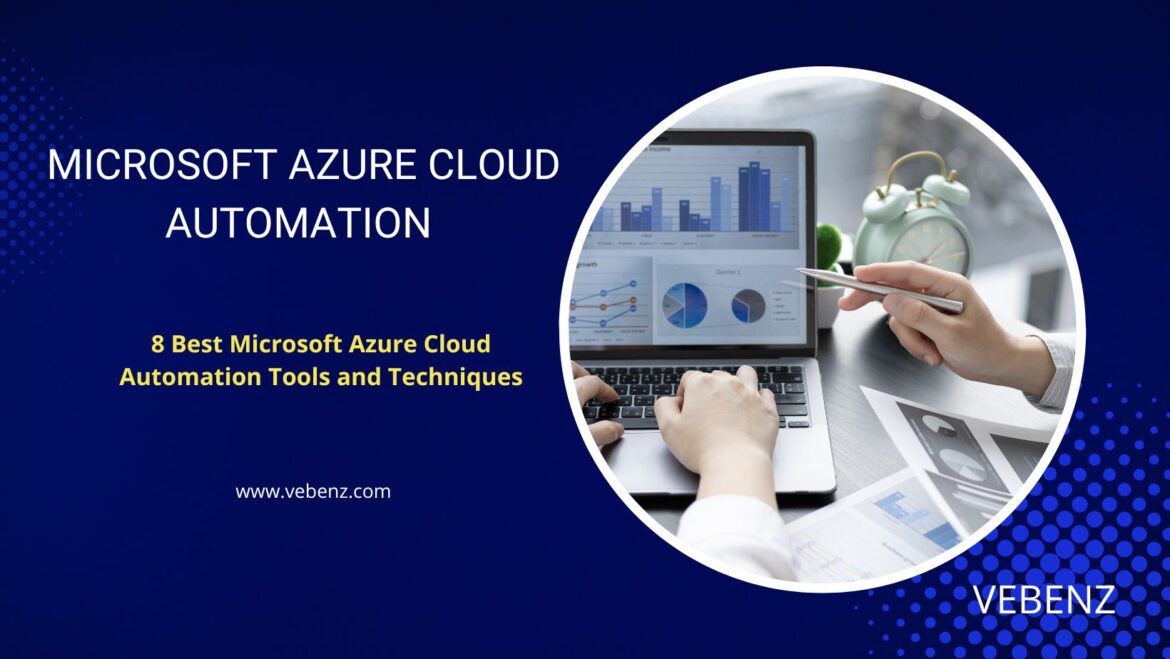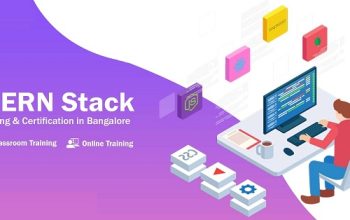Microsoft Azure is a great cloud platform for building and managing your applications. It has many features that can help you automate tasks and make your job easier, but there are also some tools and techniques you may not be familiar with.
8 Best Microsoft Azure Cloud Automation Tools and Techniques
In this article, we’ll explore some of the best ways to use Azure Automation to run scripts automatically on your servers. We’ll also look at ways to automate Disaster Recovery processes so they happen automatically when disaster strikes
1. Service Catalog
Service Catalog is a single place to manage all of your IT services. It’s a collection of IT services that can be requested, ordered, and deployed. Service Catalog helps you manage, track and bill your cloud services so you don’t have to worry about keeping track of everything yourself.
Service Catalog also helps with governance and compliance by providing a central source for configuration management info as well as reporting on usage metrics related to billing statements or invoicing etc…
2. Disaster Recovery
In this step, we will go through the process of setting up your Disaster Recovery plan. This is a critical part of any cloud automation strategy and should be done as early in the process as possible.
The first thing you need to do when planning for DR is to identify what kind of data loss would cause an outage for your organization. This can vary from small amounts of data lost during an offsite backup to large corporations having multiple data centers spread out across multiple continents—and then there are also cloud providers that might not have any physical locations (such as Azure).
To help with this task, consider using some sort of risk assessment tool. You’ll want this information so that you know where exactly on your roadmap each piece belongs; otherwise, it could take months or even years before everything gets back up and running again!
3. Azure Automation
Azure Automation is a service that enables you to orchestrate and automate cloud-based workflows across your entire hybrid cloud environment. It provides a single pane of glass that gives you the ability to create, deploy, monitor, and manage all aspects of your automation infrastructure in one location.
Azure Automation makes it easy for IT pros to create complex multi-tier applications without any programming skills. The platform helps IT professionals streamline operations by automating repetitive tasks across their entire infrastructure across multiple public clouds including Microsoft Azure, Amazon Web Services (AWS), Google Cloud Platform (GCP), and more.
4. Azure Advisor
Azure Advisor is a cloud-based service that provides recommendations to help you optimize your Azure resources. It gives you recommendations for improving the performance, security, and cost-effectiveness of your Azure resources.
Azure Advisor can be used by organizations in three ways:
- To get insights into how their current configuration compares with industry best practices, so they can make informed decisions about what to change or improve;
- To help them make sense of the vast amount of data available through monitoring tools such as New Relic’s App Insights (see below). This helps them understand which apps are running slow or causing problems within an application environment – perhaps even identifying which applications might need more resources than others;
- To help identify new opportunities for optimization based on common patterns across multiple types of services as well as user behavior patterns like how often users access certain features within an app/service itself.”
5. Microsoft System Center Operations Manager (Ops Manager)
Microsoft System Center Ops Manager is a monitoring solution for Microsoft Azure, Office 365, and Windows Server. It’s a cloud-based management solution for your cloud infrastructure, including monitoring the health of your virtual machines and applications in Azure VMs and Cloud Services. Ops Manager also integrates with other Microsoft products like Exchange Server or SQL Databases to provide more comprehensive monitoring across multiple systems within an organization.
To get started with Ops Manager, you must have an account on the service provider’s website. Once logged in there will be four main tabs at the top of your dashboard: Infrastructure Monitoring | Application Performance Management | Networking & Data Protection | Service Management
6. Power BI
Power BI is a cloud-based business analytics service that can be used to analyze structured and unstructured data. With Power BI, you can create dashboards and reports, create custom visualizations, and use your data models in the creation of these dashboards.
7. Azure Site Recovery (ASR)
Azure Site Recovery (ASR) is a disaster recovery solution that enables you to replicate your data from on-premises servers, or another cloud provider’s infrastructure, to Azure. ASR can be used to replicate data from virtual machines in your on-premises data center directly into your subscription’s storage accounts or into Azure Container Service containers that are housed on premises.
READ: What is iCloud drive?
ASR is available in all regions of Microsoft Azure and at all service tiers: entry, standard, and premium. You pay only for what you use—no additional charges!
8. Azure Cost Management + Billing
Azure Cost Management + Billing is a tool that allows you to track the costs of your cloud-based services. It comes with an easy-to-use web interface and can be used in conjunction with Microsoft’s Business Intelligence (BI) platform, Power BI.
To start working with Azure Cost Management + Billing, you need to sign up for an account. Once signed up and verified as a tenant, log into Azure Portal and follow these steps:
- Click “Accounts,” then choose “Cost Management.”
- Click on “New” under “Create new account” in the left menu panel of the screen; this will take you back out of any other pages (such as billing). * Enter a name for your new cost management account; this name must match across all tools within Microsoft Cloud Platform Suite (CPS) so it cannot be changed later on! You may also choose whether or not this will be part of an existing service group or a stand-alone product if needed.* Select whether or not there are any dependencies between products – such as licenses required by another product already installed onto your system prior to installing CPS
These tools and techniques can help you make the most of your cloud infrastructure.
They can help you make your cloud infrastructure more efficient, cost-effective, and secure, as well as scalable.
- Cloud Orchestration: This category includes tools that automate the deployment of applications in different environments (e.g., Dev, Test, Production). It also includes tools that orchestrate multiple instances of an application simultaneously so that one instance is not performing poorly due to resource contention with other instances running on different nodes of a cluster or cluster farm environment; this is called high availability (HA). The goal here is to minimize downtime while maximizing performance through automation so that customers don’t have to worry about implementing manual procedures each time they want something done differently than they did before—or worse yet—simply because it might take too long if someone needs some assistance with installing new software packages or updating existing ones before things start working properly again after being rebooted by mistake during the installation process itself!
Conclusion
We hope you enjoyed learning about the top tools and techniques for automating your cloud infrastructure. As we’ve seen, automation is a powerful ally—it can save you time and money, reduce the risk of errors, and improve the quality of your services. We also recommend taking advantage of these tools when they make sense: they won’t always be necessary, but when they are it can save you time and money in addition to making sure everything runs smoothly.



